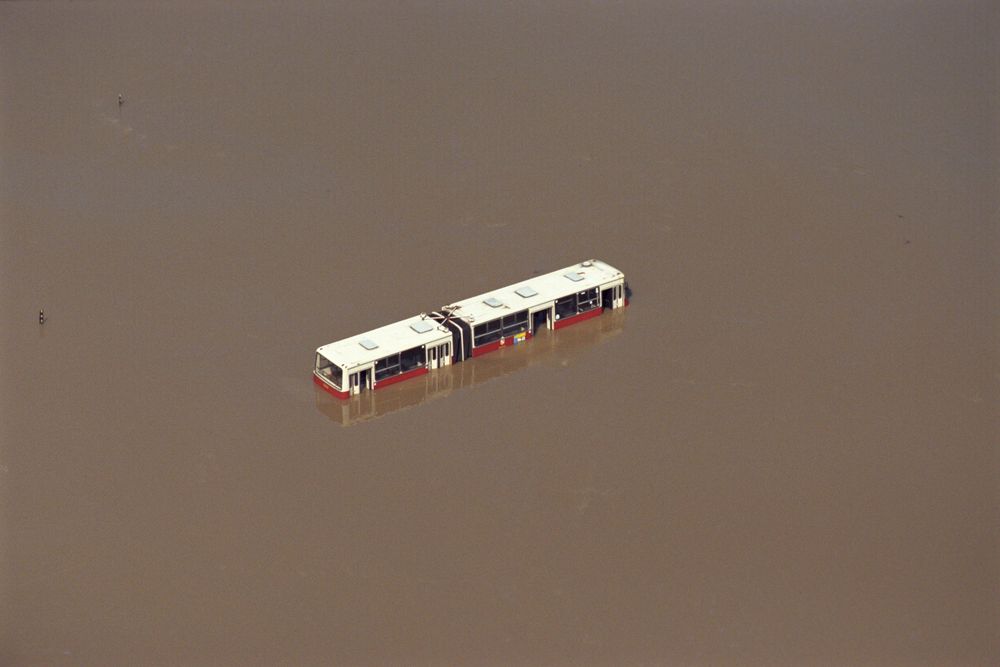
The response of the citizens and emergency services was emphatic, however. Over 50 kilometres of sandbag barriers had been hastily erected, thereby saving numerous historical buildings and treasures; among them the Cathedral Island (Ostrów Tumski). A massive evacuation project was also launched with thousands of children spirited away from the disaster zone. Over 162,000 people were evacuated, but the extremely high waters still claimed the lives of at least fifty-six people. 1,358 towns and villages were hit over an affected area that spanned 400,000 hectares. In the days that followed huge swathes of Wrocław were only accessible by pontoon or helicopter. In material terms the damage caused in Wrocław alone topped 5.5 billion złoty (12 billion nationwide), as well as destroying 100,000 cars, 87 railways stations and 56 sewage plants.
Today, thankfully, not much evidence remains of the devastation or emotional difficulty of those times. A monument to victims and heroes of the 1997 flood stands midway across the University Bridge (Most Uniwersytecki), however. Designed by Stanisław Wysocki and erected in 1998, the three-metre sculpture depicts a nameless woman wading through water carrying books - a tribute to the students who joined efforts to save the priceless collection of the University Library.



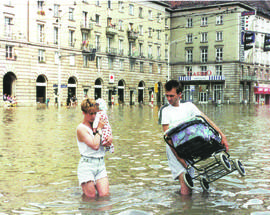
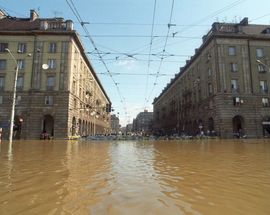

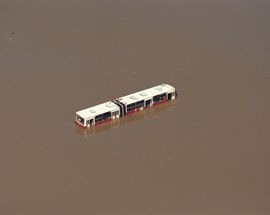
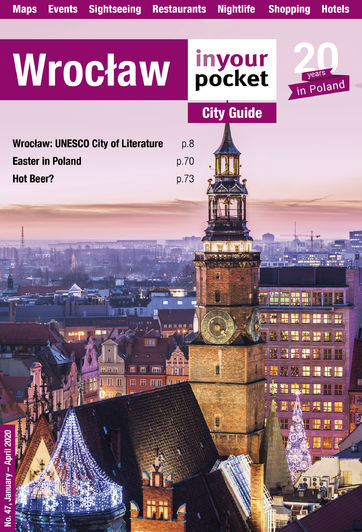
Comments